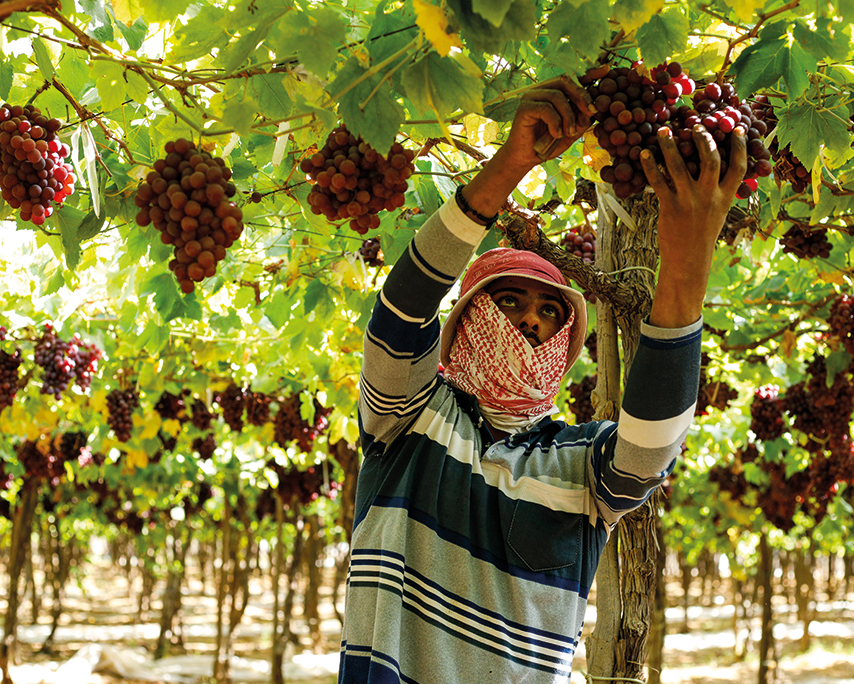International Day of Plant Health
Where Africa stands on plant nutritional data
Across Africa, plants have long been the foundation of nutrition, health, and culture. From the ubiquitous maize fields to the quietly powerful moringa trees tucked in backyard gardens, the continent’s plant biodiversity holds immense nutritional potential. But do we really know what’s on our plates—or what could be?
The answer: partly.
There is a growing body of data on the nutritional content of plants in Africa, but it is far from complete. While some foods are well-studied and widely documented, many indigenous and underutilised species remain in the shadows, under-researched and undervalued. Understanding where the data is strong—and where the gaps remain—is crucial for reshaping food systems, nutrition policies, and agricultural development across the continent.
The most comprehensive nutritional information exists for staple crops that dominate agricultural production and food security programmes. For example, maize, millet, sorghum, cassava, sweet potatoes, and beans have been studied extensively through national agriculture research institutions, international collaborations, and biofortification programmes like HarvestPlus. Regarding crops like groundnuts, cocoa, coffee, and oil palm, their commercial and export economic value has driven investment in understanding their composition for trade, processing, and product development. Moreover, there is a growing list of ‘superfoods’ like moringa, baobab, fonio, amaranth, and African nightshade. Interest in the global wellness and natural foods industry has sparked research into their micronutrient and phytochemical content, particularly in South Africa, Kenya, Ghana, and Nigeria.
Databases such as FAO/INFOODS provide regional food composition databases supported by the UN. Locally, countries like Ethiopia, South Africa, and Egypt have national food composition tables that provide detailed data on the nutrient content of commonly consumed foods within these countries. Additionally, there are university-led studies and collaborative initiatives like the Biodiversity for Food and Nutrition (BFN) and the Right to Food Initiative, which promote the use and conservation of agricultural biodiversity. These sources offer a strong starting point for building nutritional strategies—but they are far from representative of the continent’s full diversity.
Despite these advancements, critical gaps persist.
Around indigenous and wild edible plants include tubers, berries, herbs, and leafy greens that have been used in traditional diets for generations but are missing from most official nutrition tables. Examples include jute mallow, spider plant, African eggplant, and various wild fruits and roots.
For regional-specific nutritional plant variations, current data rarely reflects this local variability, limiting its usefulness for tailored nutrition planning. Even within a single species, nutrient content can vary drastically depending on soil type, climate, and farming practices.
A considerable gap exists within cultural and community-specific knowledge. Much of the traditional ecological knowledge about plants—including their preparation, seasonal availability, and medicinal uses—remains undocumented or inaccessible to mainstream researchers. In many cases, it is oral, localised, and slowly fading.
Even for the existing data, a significant portion of African nutritional data is fragmented, outdated, or buried in academic publications, making it difficult for policymakers, educators, or community nutrition workers to access and apply.
Without robust and inclusive data, African food systems risk becoming more reliant on imported ideas of nutrition—fortified cereals, monocultures, and generic dietary guidelines—rather than leveraging the rich, diverse, and ecologically resilient plant heritage already present.
As we consider the technical issues around plant nutrition, we must also prioritise the continent’s food sovereignty, climate resilience, and cultural preservation. Comprehensive data empowers farmers to grow crops that nourish their communities. It gives governments tools to fight malnutrition with local solutions. It lets educators and communicators celebrate the full story of African diets—not just what is currently on the charts. The bottom line is that Africa’s food story is not just about what we grow but also about what we know. And that knowledge still needs to grow.



